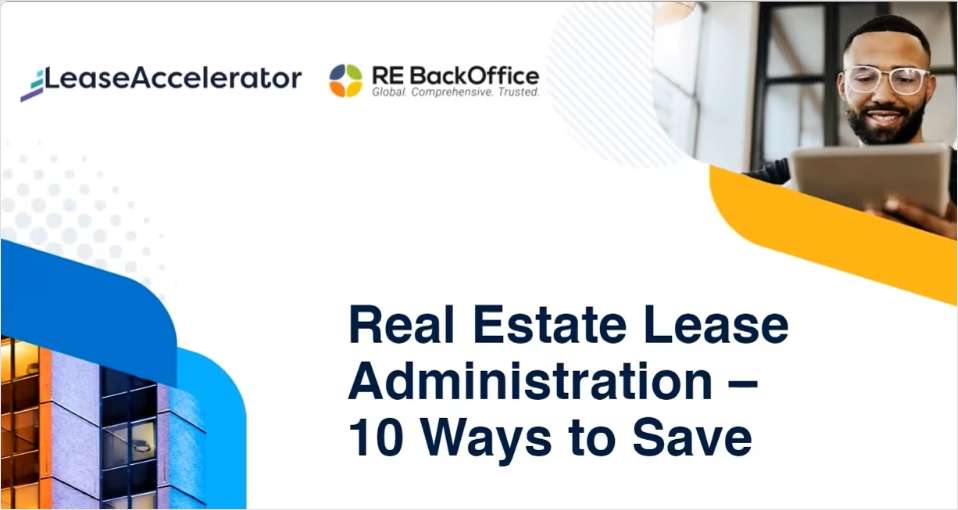MIAMI—Over the past five years, the retail world has seen tenant activity diminish and shopping center vacancy rise—and landlords have been forced to find creative ways to maintain net operating income (NOI) and reduce the surplus of shop vacancy. So says John Tennant, senior director for Franklin Street Real Estate.
As Tennant sees it, this has created a noticeable paradigm shift in retail leasing—specifically as it pertains to office and medical office tenants. Tenants traditionally found in office or medical complexes are finding that by positioning themselves within retail centers, they garner an increased exposure to consumers while reducing overhead cost.
“Regional and national tenants are capitalizing on the occupancy levels within a shopping center through the benefit of co-tenancy clauses or other restriction agreements with the landlord,” Tennant tells GlobeSt.com. “These agreements often reveal that only a certain percentage of shopping centers can be leased to nonretail tenants.”
Continue Reading for Free
Register and gain access to:
- Breaking commercial real estate news and analysis, on-site and via our newsletters and custom alerts
- Educational webcasts, white papers, and ebooks from industry thought leaders
- Critical coverage of the property casualty insurance and financial advisory markets on our other ALM sites, PropertyCasualty360 and ThinkAdvisor
Already have an account? Sign In Now
© 2024 ALM Global, LLC, All Rights Reserved. Request academic re-use from www.copyright.com. All other uses, submit a request to [email protected]. For more information visit Asset & Logo Licensing.








